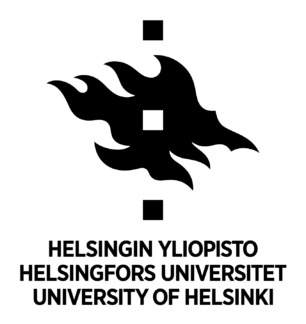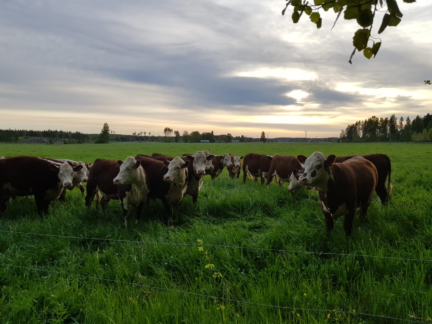Anna-Liisa Laine, Professor of ecology at the University of Zurich, explains the preliminary results of the TWINWIN project at the Soil at Risk symposium in the summer of 2021.
TWINWIN project
Regenerative Agriculture, Carbon Action
How biodiversity impacts the ability of fields to store carbon
TWINWIN project discovers how the biodiversity of agricultural land can increase carbon sequestration in the soil. In particular, the project concentrates on understanding which biodiversity-related processes are essential for soil carbon accumulation.
Official name
How biodiversity impacts the ability
of fields to store carbon
Duration
Phase I 2019-2021, phase II 2021-2023
Persons in charge
Jari Liski, Jussi Heinonsalo, Laura Höijer
Consortium
Finnish Meteorological Institute, University of Helsinki, University of Zürich, BSAG
Funder
Maj and Tor Nessling Foundation
The biodiversity of agricultural soils has narrowed
Biodiversity may increase carbon sequestration to agricultural soils in many ways. Diverse vegetation assimilate atmospheric CO2 efficiently and roots and root exudates transport carbon into different depths in soil. Plant diversity support diverse microbial communities that induces stable soil carbon formation.
Modern agriculture where monocultures and chemical plant protection (e.g. herbicides, pesticides) are common has caused a decline in biodiversity in agricultural ecosystems. Currently, it is not well known how the increased plant diversity affect plant production and carbon sequestration.
The aim of the project is to investigate how much agricultural soil carbon sequestration can be increased by increasing plant diversity. In particular, we are interested in understanding which diversity-related processes are essential for soil carbon accumulation.
In addition to scientific research, the emphasis is on the impact.
Comprehensive field experiment in Viikki, Helsinki
The carbon sequestration effects of biodiversity are studied with field and greenhouse experiments. Biodiversity impact mechanisms clarified through field experiments are added to the farmland’s carbon storage calculation system. This helps to address the environmental sustainability of agriculture more holistically.
In spring 2019, a large long-term field experiment was established in collaboration with TWINWIN and Viikki Research farm (Faculty of Agriculture and Forestry, University of Helsinki). The field experiment consists of seven different treatments comparing four different levels of biodiversity to conventional monoculture treatments and bare fallow.
The eight undersown plant species are either all under barley, or in doubles or groups of four or eight species. Grouping is designed to take into account their functional traits (shallow or deep rooted, ability of N2-fixation or not). After barley harvest, conventional controls are tilled, and diversity treatments are left non-tilled until spring. The experiment consists of 60 plots.
The investigated parameters in the experiments are for instance plant cover, plant pathogens, yield, root and soil microbiology, soil chemistry, greenhouse gas exchange, and soil animals. The results are used to improve soil carbon model Yasso.
The work packages complement each other
Research has been divided into four work packages. Work package (WP) 1 studies the impact of plant and microbial diversity on plant growth, pathogen resistance, C cycling, and soil animals.
WP2 “Soil” connects the knowledge on plant and microbial diversity to soil C sequestration and C stability.
WP3 “Atmosphere” investigates, in collaboration with WP1 and 2, the greenhouse gas emission and other climate impacts with focus on C transfer between plants, soil and atmosphere. WP4 “Modeling” improves soil C modelling based on the information obtained in WPs 1-3.
Contact
Jari Liski, Finnish Meteorological Institute, jari.liski@fmi.fi,
Jussi Heinonsalo, University of Helsinki, jussi.heinonsalo@helsinki.fi
Laura Höijer, BSAG, laura.hoijer@bsag.fi
Project Phases
2019–2021
Phase I
In the first phase of the project, in 2019-2021, an ambitious field experiment was established to Viikki, and the research work, including various measurements and modeling, got off to a great start. Learn more about phase I and watch a video on how biodiversity impact fields’ ability to store carbon.
2021–2023
Phase II
In the second phase of the project, in 2021-2023, the research will be extended from plants and microbes to soil animals. Watch a video on biodiversity effects on farmland carbon sequestration.
Regenerative agriculture
Watch a video.
How does food production benefit from increasing biodiversity?
PROJECT PARTNERS






